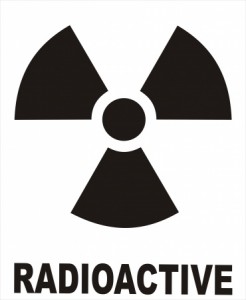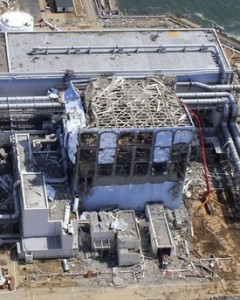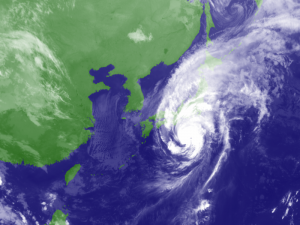
The radiation threat at Fukushima in November will be at catastrophic levels.
This is what is happening at Japan’s Fukushima nuclear reactor in November. The fuel removal from Reactor 4 will match the fallout of 14,000 Hiroshima bombs if something goes wrong.
I am not a gloom-and-doomer, but I am a realist, and the chances are high that the removal of over 1300 spent fuel rods from a malfunctioning fuel storage tank could go wrong.
These fuel rods hold enough radiation to equal 14,000 nuclear bombs. If another accident occurs, radiation will spill into the Pacific Ocean, evaporate into the atmosphere, and will circulate all over the Northern Hemisphere – for decades.
The bring-down of the fuel rods from Fukushima Reactor 4 is the most dangerous engineering task ever undertaken in human history.
Two Weeks From Now

Reactor 4 at the Fukushima nuclear reactor is tipping and sinking into the ground.
As early as November 8, 2013 – the operation is due to begin. Reactor 4 is tipping and sinking, and will not withstand another large earthquake or tsunami like the 9.0 magnitude quake and tsunami that destroyed the nuclear power plant in 2011.
This operation is dangerous enough on its own, but what happens if another earthquake occurs, followed by a tsunami of any size, or if a typhoon smacks into the Japanese coastline?
Recent Earthquakes
On Friday, October 25, 2013, a 7.5 magnitude earthquake occurred about 200 miles east of Honshu, Japan, the location of the Fukushima nuclear reactor. A small tsunami watch was issued, but waves merely rose about 3 feet. The 7.5 quake was downgraded to a 7.1.
After the 7.5 magnitude quake (7.1 really??), this area has experienced the following earthquakes:
- 5.1 Honshu 10/25/13
- 4.8 Honshu 10/25/13
- 5.5 Honshu 10/25/13
- 4.9 Honshu 10/25/13
- 4.6 Honshu 10/25/13
- 4.7 Honshu 10/26/13
- 4.4 Ishinomaki, Japan 10/26/13 (about 40 mi from Fukushima)
- 5.5 Honshu 10/27/13
- 5.0 Honshu 10/27/13

Deadly Typhoon Wipha was a once in a decade storm.
Typhoons
Typhoon Wipha hammered Japan in early October, followed by Typhoon Francisco that passed close to the island on Saturday.
It is expected to take over one year to remove the spent fuel rods from Reactor 4 – I suspect the threat of another typhoon will be knocking on Japan’s door sometime between now and then.
This human disaster could result in massive destruction for all life on our planet if another natural disaster occurs at Honshu.
Sadly, all any of us can do is just wait and see …
